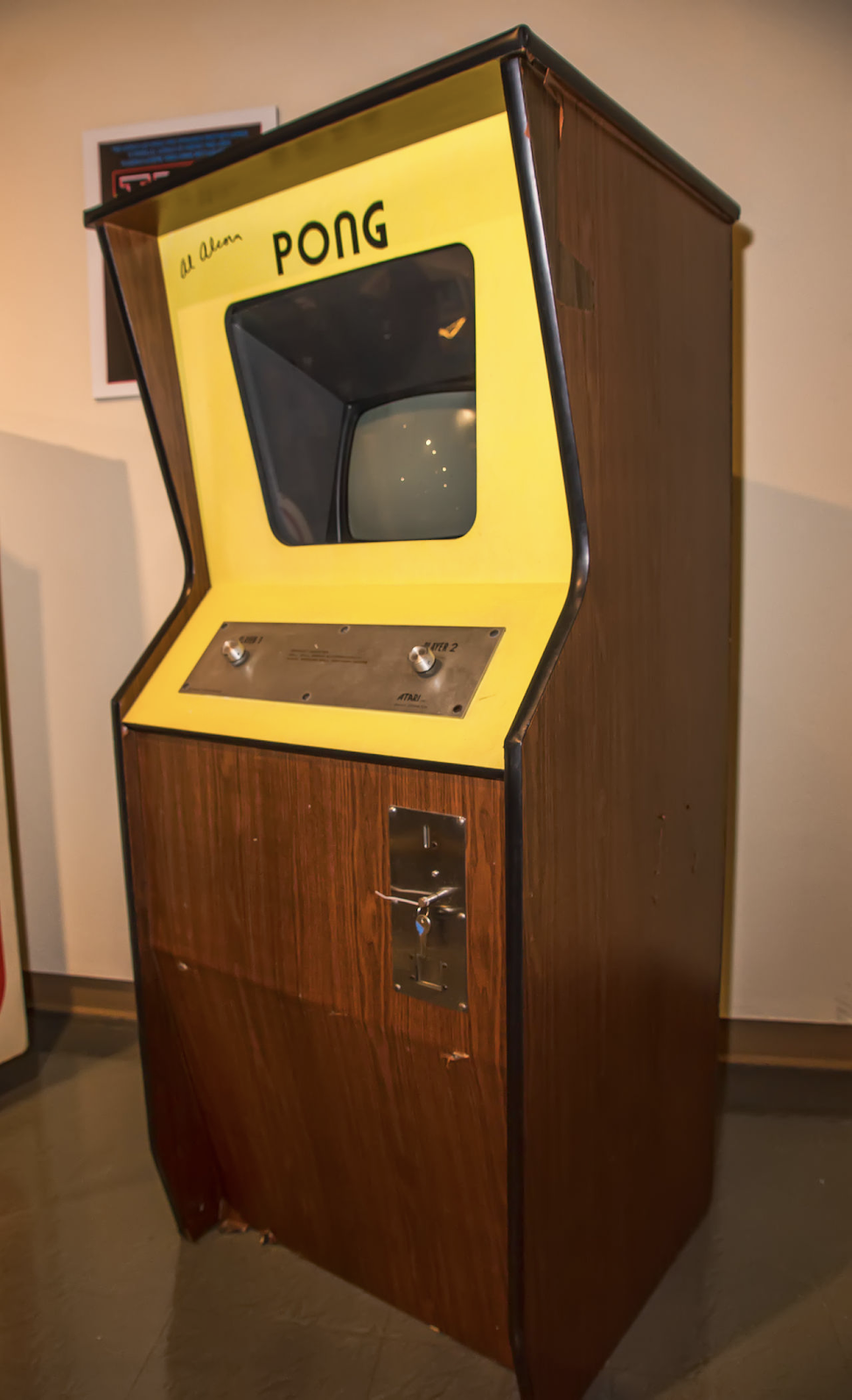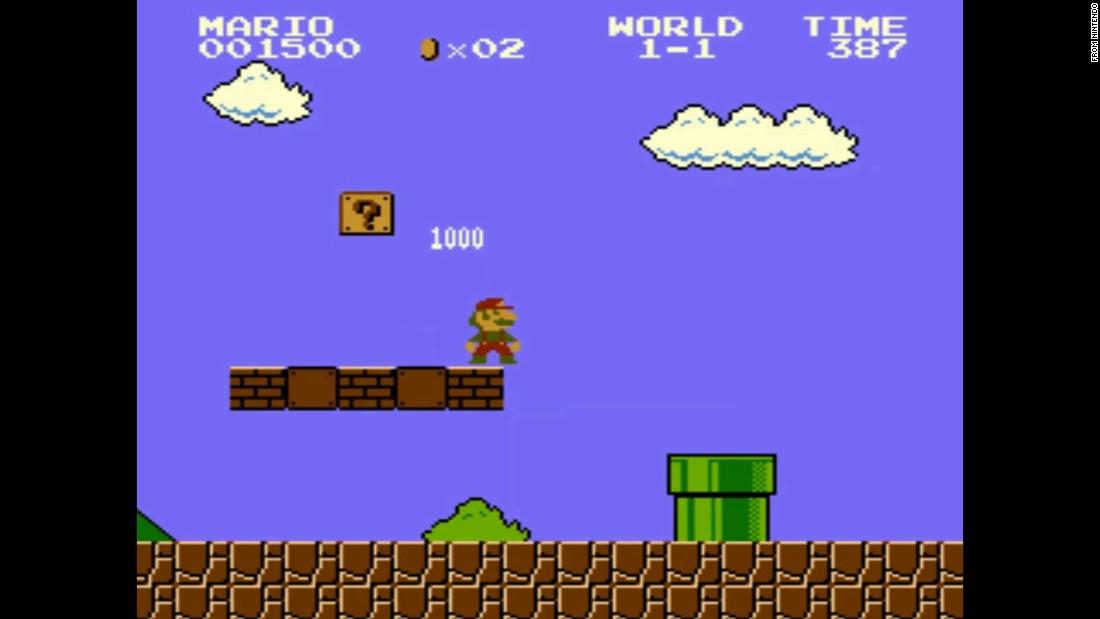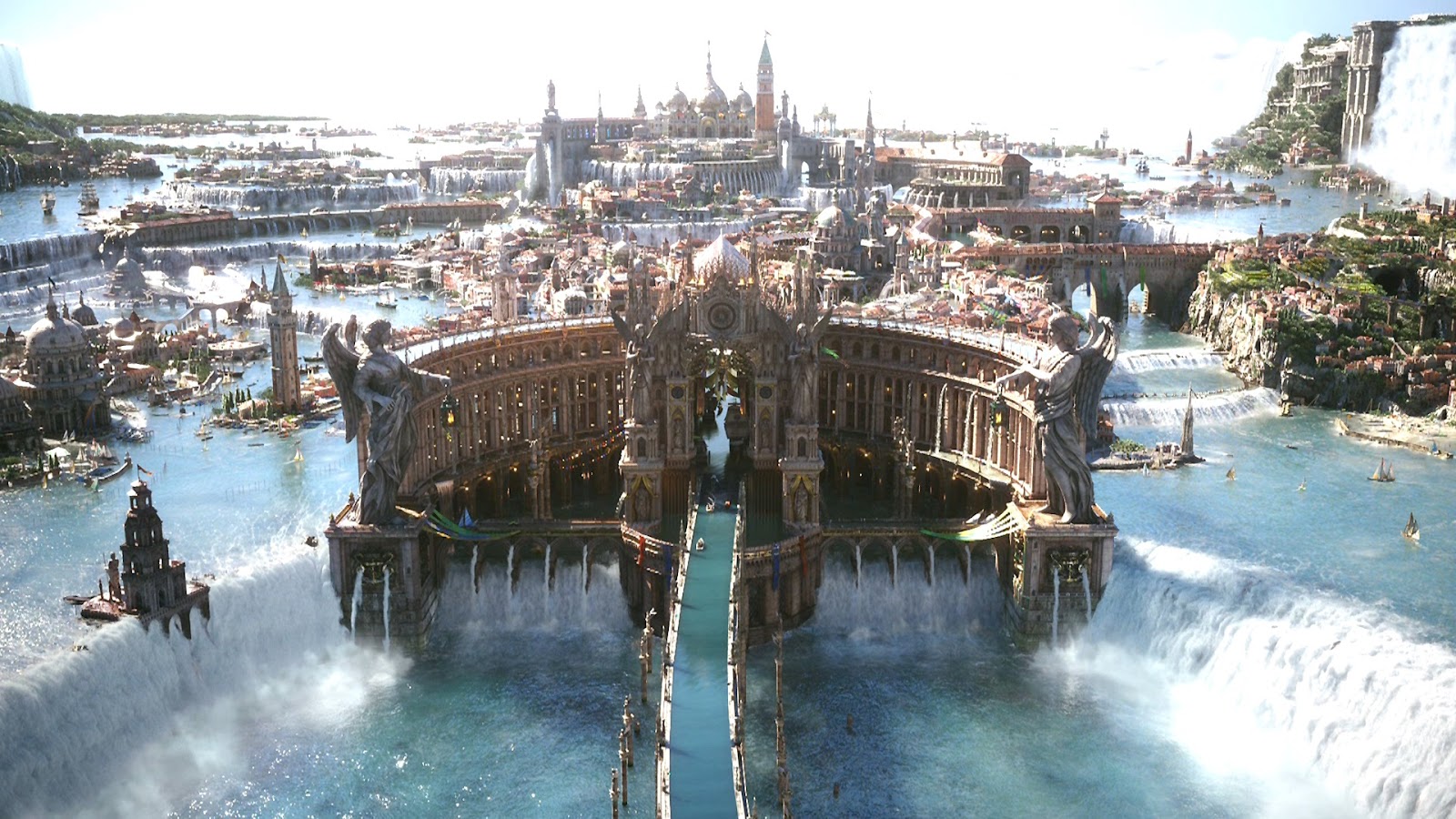The Art of the Video Game: The Evolution of Video Game Illustration
 As some gaming consoles have become obsolete, the video games once played on them have as well. For example, video games in the 1970s were simple, child-like arcade games. One would have to hop on their bike, ride to the arcade and use quarters to play these games. Some of the more popular arcade games of the time include: Space Invaders (one of the earliest space shooting games), Pong (one of the first sports arcade games to reach mainstream popularity), or Galaxian (another popular space shooting game). An archive of their artwork is a great example of a way to preserve the memory and existence of these games. Having open access to these records can allow people to come together and connect with one another and reflect on the changes of video games over the past 40-50 years.
As some gaming consoles have become obsolete, the video games once played on them have as well. For example, video games in the 1970s were simple, child-like arcade games. One would have to hop on their bike, ride to the arcade and use quarters to play these games. Some of the more popular arcade games of the time include: Space Invaders (one of the earliest space shooting games), Pong (one of the first sports arcade games to reach mainstream popularity), or Galaxian (another popular space shooting game). An archive of their artwork is a great example of a way to preserve the memory and existence of these games. Having open access to these records can allow people to come together and connect with one another and reflect on the changes of video games over the past 40-50 years.
 Video games are no different than any other technology in terms of their exponential levels of growth, and this is seen in a single decade of video game graphics. From the 1970s to the late 1980s, video games visually developed from pixelated characters and GIF-like animations to the user controlled. They further expanded into more immersive graphics like of those in the mid 1980s: for example, the famous Super Mario Bros. Archiving these transformations allows people to view the changes within the artistic values of video games, and as with any other form of history, these video games are important preserve. The art in video games are always going to evolve, and without archiving these classic, original, and fundamental games they would fall into extinction.
Video games are no different than any other technology in terms of their exponential levels of growth, and this is seen in a single decade of video game graphics. From the 1970s to the late 1980s, video games visually developed from pixelated characters and GIF-like animations to the user controlled. They further expanded into more immersive graphics like of those in the mid 1980s: for example, the famous Super Mario Bros. Archiving these transformations allows people to view the changes within the artistic values of video games, and as with any other form of history, these video games are important preserve. The art in video games are always going to evolve, and without archiving these classic, original, and fundamental games they would fall into extinction.
Organizing the content chronologically can give viewers a sense of how far technology has come since its creation and a greater appreciation for the realistic graphics present in many games today. While it is impossible to play every video game that has ever been released, people will still be able to get a feeling of what these games were like by viewing the artwork from them. The following images are both from the Final Fantasy franchise. The first image is from the original game Final Fantasy, released in 1987, and the most recent Final Fantasy XV, released in 2016 (about 30 years later).


Since the birth of the Digital Humanities field, archiving has been used as a way of creating and preserving works of electronic literature. Archiving in the digital world means that many different works of literature, ranging from centuries ago, are digitized into a thematic collection.
To create an archive like this, the primary source of materials would be the games themselves. Screenshots would be taken from classically iconic scenes from games and used on the timeline. By clicking these images, the user would be taken to a page containing more images from the game, such as character art and world maps.
Throughout these archives, one can see the graphics of the game as well as the artwork that the game designers implemented into the scenery for players to experience. For example, there are paintings that are archived that come directly from the walls of the castle in “Castlevania”. Many times these pieces of art are put throughout the scenery to highlight important characters, places, or events. Archiving this artwork saves important parts of games throughout history.
No comments:
Post a Comment